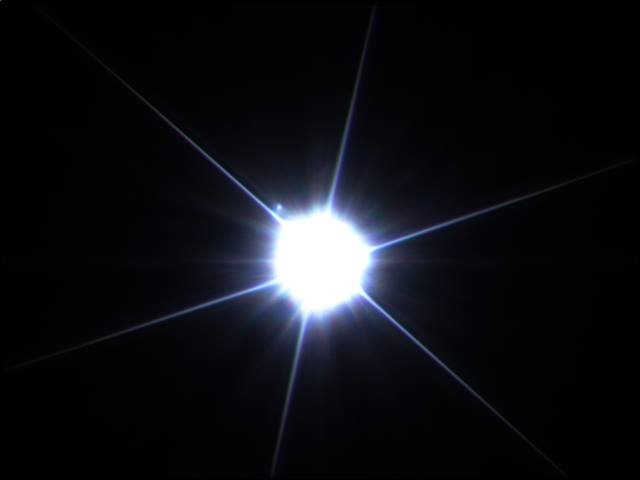
The Evolution Of Stars
Stars live and die in time frames longer than mortals can imagine. In this article, I am going to talk about what happens during the life of a star. From its early beginnings until it runs out of fuel, it will be an interesting journey.
Introduction
Stars spend most of their lives in the main sequence. Eventually, they start to run out of fuel, which causes changes. Different things can happen at this point. It starts changing from the inside, its appearance changes, and it might explode. Whether a star explodes or not, depends on its mass at the time. Lower mass stars just go out. They turn into white dwarfs. Higher mass stars will explode. If a star has 8-10 times the mass of our own Sun, then it will most likely explode in a fiery wave of destruction. Modern Astronomy has learned a lot in recent years and developed theories to explain why these processes happen.
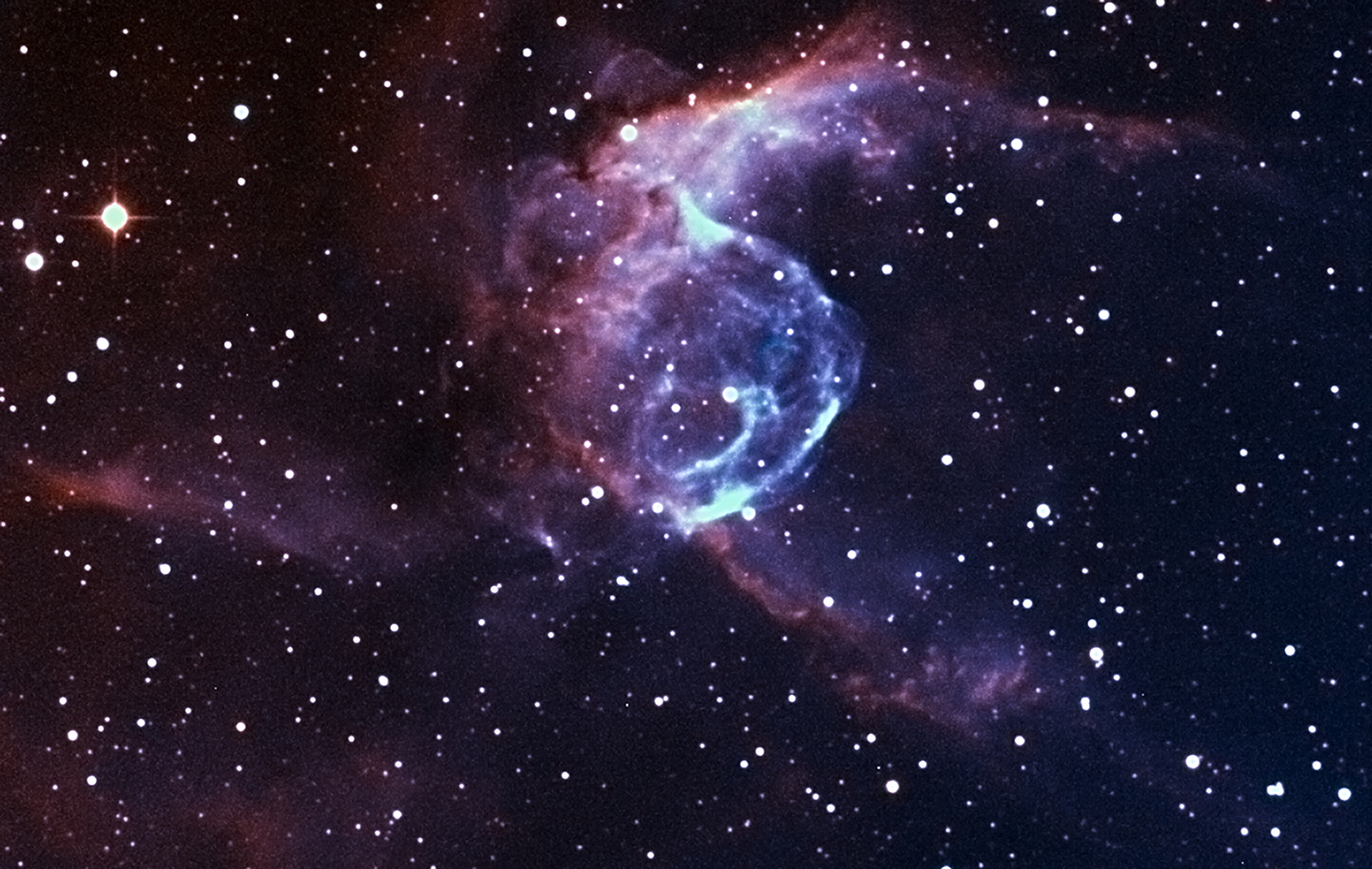
Life in the Main Sequence
You might wonder how Astronomers can see stars evolve. The trick here is that they study stars that are on different stages of their life. These different stages are how we organize the stars that we see and are called star classifications. They can then piece these together to get an idea of how they evolve from a disk to an explosion. These main sequence stars turn hydrogen into helium. This happens in the beginning phases of the main sequence. It is also important to remember that stars are hardly ever isolated by themselves. They form in clusters and can influence the others in its general region in unique ways.
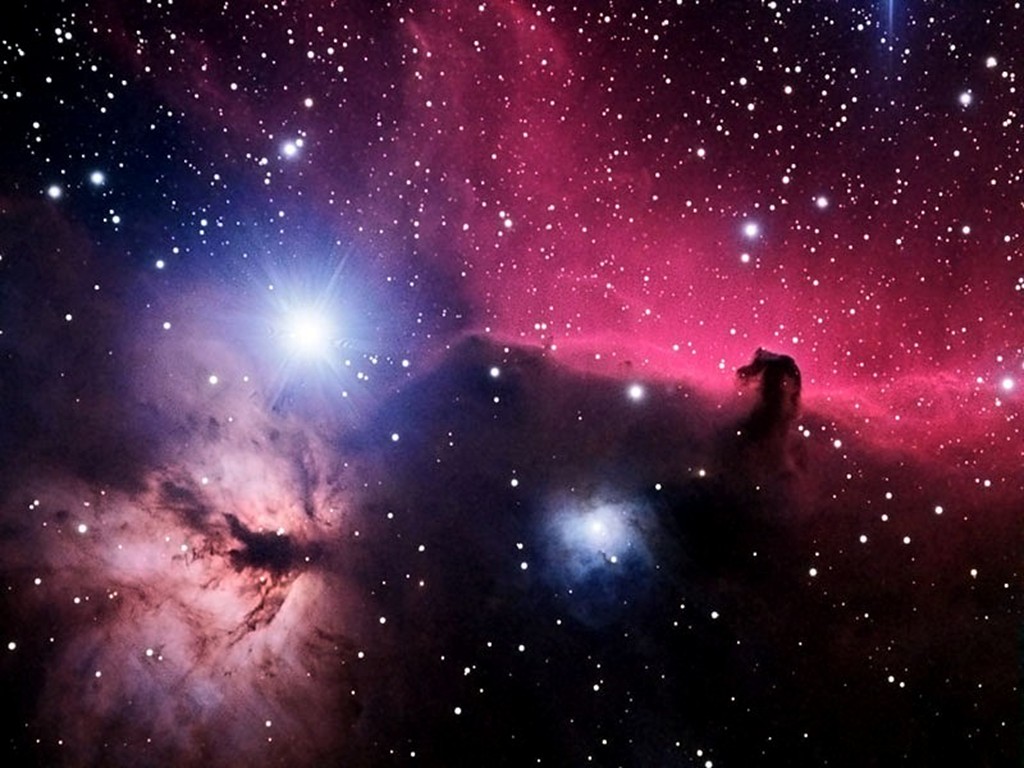
A Star’s Evolution
When the heat in a star around the size of our Sun decreases to a certain point, the helium in the core will not fuse into any other element. This will make the helium core shrink. Astronomers call this the hydrogen burning phase. The surrounding hydrogen is burning violently. As the helium core shrinks, it gives off a lot of energy. This energy is what fuels the hydrogen burning phase. As a result, the star itself becomes much brighter and hotter. It is now putting out a lot of radiation.
When the helium core has shrunk enough, it will fuse into carbon. The new carbon is not compatible with the remaining helium core. This causes a strange reaction. The helium starts to really burn and results in a helium flash.
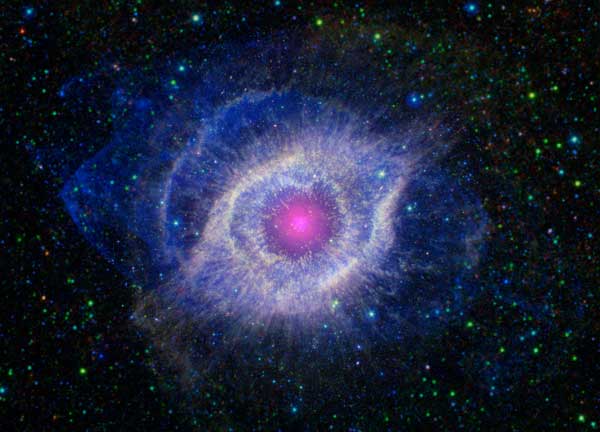
The End Of A Low Mass Star
At this point, the helium is burning, but carbon is still forming. The carbon core becomes much more dense and hot. While this happens, the start gets even brighter. We see this and evidence of it happening in the last through spectroscopy studies. Remember, a star is usually in equilibrium throughout its life time. The temperature in the core is the driving force for what happens later on. So when this temperature drops, changes will occur soon. This is all dependent on mass as well. This type of star, which has a relatively low mass, won’t be hot enough to fuse carbon. Eventually its outer envelope is burned away and sent into space as a planetary nebula. What remains of the star is what we call a white dwarf. Over time, the white dwarf just cools and cools.
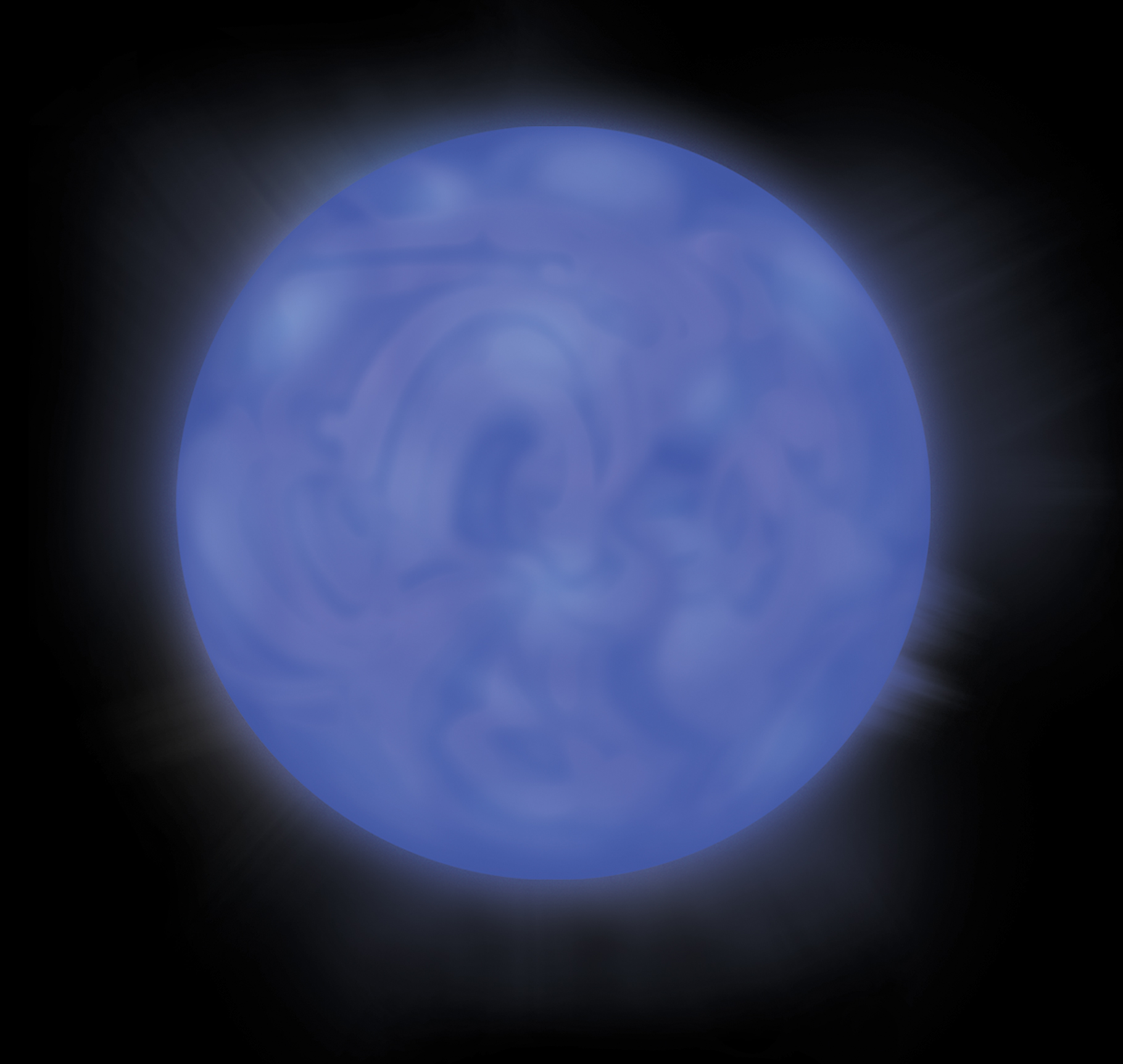
Large Star Evolution
Higher mass stars take a different path. The reason is the higher mass. This larger mass means the central core of a star will be much hotter. This time, the core becomes hot enough to fuse carbon. They will become red supergiants. This higher heat will cause heavy elements to form. It will also happen quicker and quicker. This will be too much for the star to handle and it will end up exploding! When a star explodes it is a significant event and one of the best ways that our telescopes are used. We all want to see what is happening.
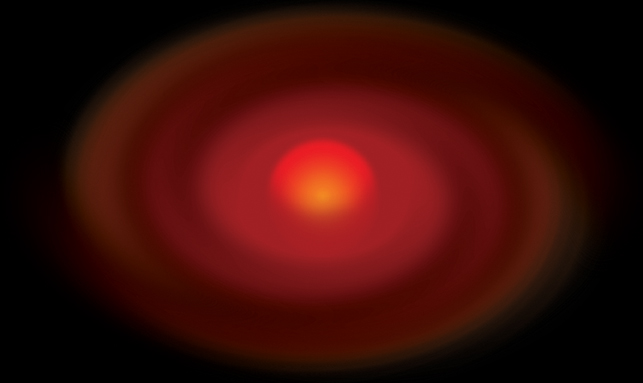
Stellar Evolution
The evolution of stars is getting clearer by observing stars of all ages. They can be in isolated binaries or surrounded in a globular cluster. The massive stars leave the main sequence first. They are followed very slowly by stars like our Sun. Stars in binary systems can evolve in quite different ways. Each in the pair can affect the other in strange ways. It is a weird relationship to be sure. If one of the pair evolves faster than the other, it can lose a lot of its gas and mass to its companion. This will cause a slower evolving star to actually gain speed in the sequence.
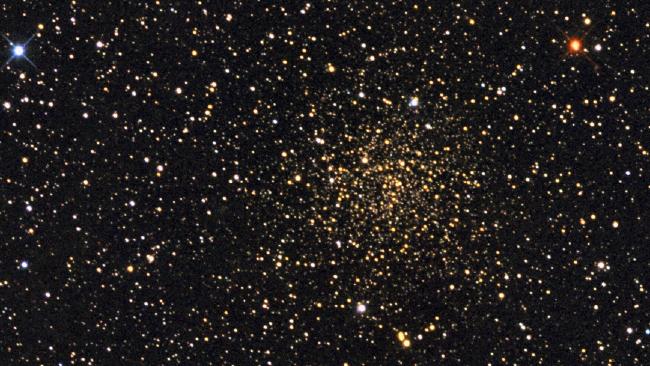
Fusion In The Core
Fusion is the effect of the high temperatures and all the processes going on within a star’s core. For a star to keep evolving, it will need to fuse heavy elements, such as carbon. When it successfully does this, it will get to its next stage. From there, depending on its mass, it might explode into a fiery shower of debris. This often can leave a planetary nebula in its place. These are not related to planets of our solar system however. Its just an old term that was wrongly used but stuck with us. However, if the core temperature is not high enough, these processes will not happen. Instead, there will be no more fusion and the core will eventually cool. It will still take a long time, but the cooling effect means it will turn into a white dwarf. A white dwarf star is one that is no longer burning at its core. It does have a lot of residual heat, which can be seen as it glows.
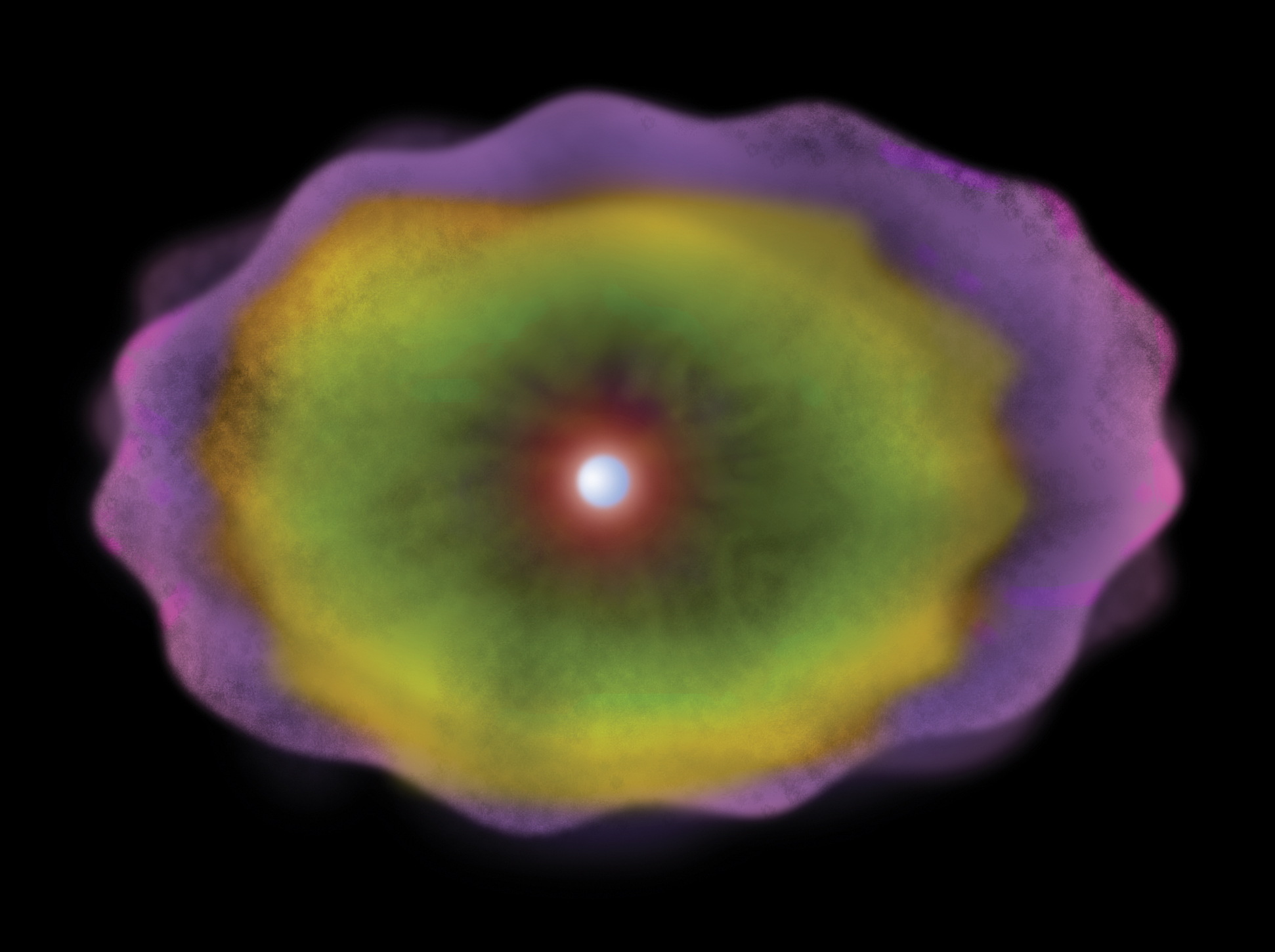
Lifetime Of Stars
This is related to previous points that I have made but I wanted to be more specific. Thee lifetime of a star depends on its mass. This mass was decided early on in its original cluster. The lower the mass, the longer the star will survive. If its smaller than our Sun it will last billions of years. However much of that time it will just be a shell that is slowly cooling off. It will have no internal activity. Its fate is to be a cold, dead, rock, sort of like our moon. However, our moon was never star so don't get confused. In the solar system we live in, this should be the fate of our Sun someday.
A high mass star will have a much different fate. The more mass it is the shorter its lifetime will be. If it is a lot larger than our Sun, then it will only be around for a few million years. That is a great difference. The reason why, as stated above, is that its mass and temperatures are so high that it will trigger a violent explosion. All that will be left, could just be a planetary nebula and space debris. This nebular is just a gas shell that is just a faint reminder of what was once there.

Conclusion
In this article today I have talked about the stellar evolution of a star, which is part of my astronomy essentials series. This evolution is very dependent on its original mass. This mass determines whether the star will end up as a cold dead rock or blow up in small pieces across the galaxy. So, their lifetimes can be very different in actual spans. Their life spans can be tracked, depending on where they are in the main sequence. The main sequence is sort of a guide to the universe for stars because we classify all of them there. I hope you liked this article, and if so, please subscribe for more of my thoughts on computing and science.